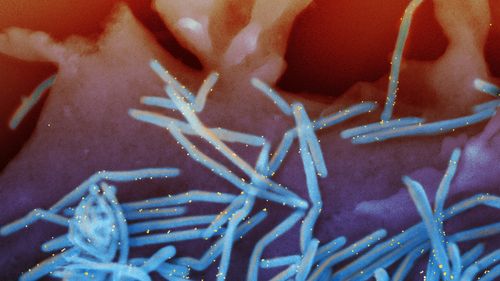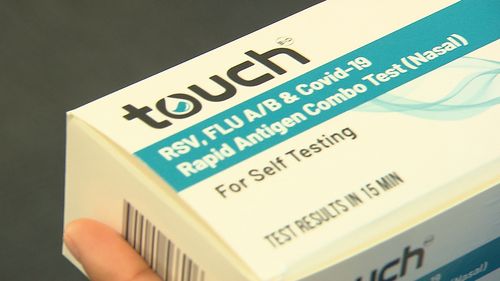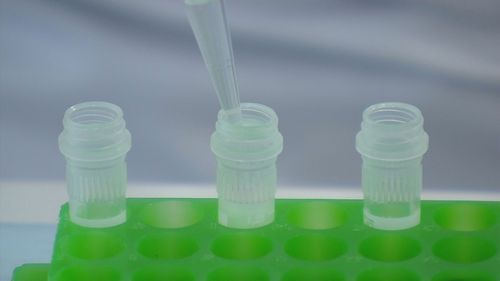While everyone knows about the first two viruses, RSV tends to fly under the radar a bit more, even though it’s incredibly common. In fact, chances are you’ve already been infected with it.

What is RSV and how does it spread?
RSV, as the name suggests, is a respiratory virus. It’s highly contagious, incredibly common, and is typically seen in young children under two.
According to the federal Health Department, “almost all children will have been infected with RSV” by the time they turn three.
While common, cases are often mild and don’t require medical attention.
However, if a more severe illness does develop, it can lead to lung infections and breathing problems like pneumonia and bronchiolitis.
Like many other viruses, RSV is passed on through small water droplets that are spread by infected people when they cough, sneeze and talk.
Transmission can also occur when someone touches a surface that has previously been handled by an infected person, however washing your hands regularly can prevent this, as soap and water kills the virus.

What are the symptoms of RSV?
According to the Health Department, RSV generally causes symptoms like a runny nose, cough and fever, and it can also exacerbate existing breathing conditions like asthma.
In some cases, it can lead to an ear infection.
In severe cases, a diagnosis will generally be able to be made by a GP or other doctor just by evaluating the signs and symptoms, but it can also be detected via a blood or nasal swab test.

WHO issues caution over new COVID-19 subvariant
The combination tests had previously only been approved for use in Europe.
Read Related Also: 'One of the signings of the season': Ian Wright lauds 'gem' player Arsenal reportedly want

Who is at most risk from RSV?
Generally speaking, the younger a child is, the greater risk they face from RSV.
The impact of RSV was even more pronounced among infants. While the virus was found to have caused 2 per cent of all death in children under five years, it jumped to 3.6 per cent for those under six months old.
A majority of those deaths occurred in poorer countries, and the fatality rate in Australia is relatively low thanks to a better healthcare system.
In addition to young children, the virus can also pose a risk to older people who have existing heart, lung or immune issues, according to the Health Department.

What treatments are available for RSV and is there a vaccine?
There isn’t a specific treatment for RSV. Instead, drinking lots of water and getting plenty of rest is advised, while paracetamol or ibuprofen can be taken to relieve fever symptoms.
If symptoms worsen, it’s advised to seek medical attention.
“I am concerned that parents may not be aware of RSV and the pivotal role it plays in serious infections in young children,” Professor Peter Richmond, who was involved in a trial of a prospective RSV vaccine, said.
“If you have any concerns about your baby if they have difficulties with breathing or feeding, please don’t hesitate to seek medical advice.”

There isn’t yet an RSV vaccine approved for use in Australia, however there’s every chance that changes in the not-so-distant future.
”In the next 10 years I hope to see licensed vaccines and preventative drugs being given to mothers, babies, toddlers and older adults,” Richmond said.
“(There are) multiple vaccine and monoclonal antibody platforms available that could even be combined with COVID and influenza vaccines, helping keep our hospitals and GP surgeries much quieter over winter.
“The biggest challenge will be ensuring these vaccines are accessible and affordable in low- and middle-income countries where more than 99 per cent of RSV deaths occur.”






